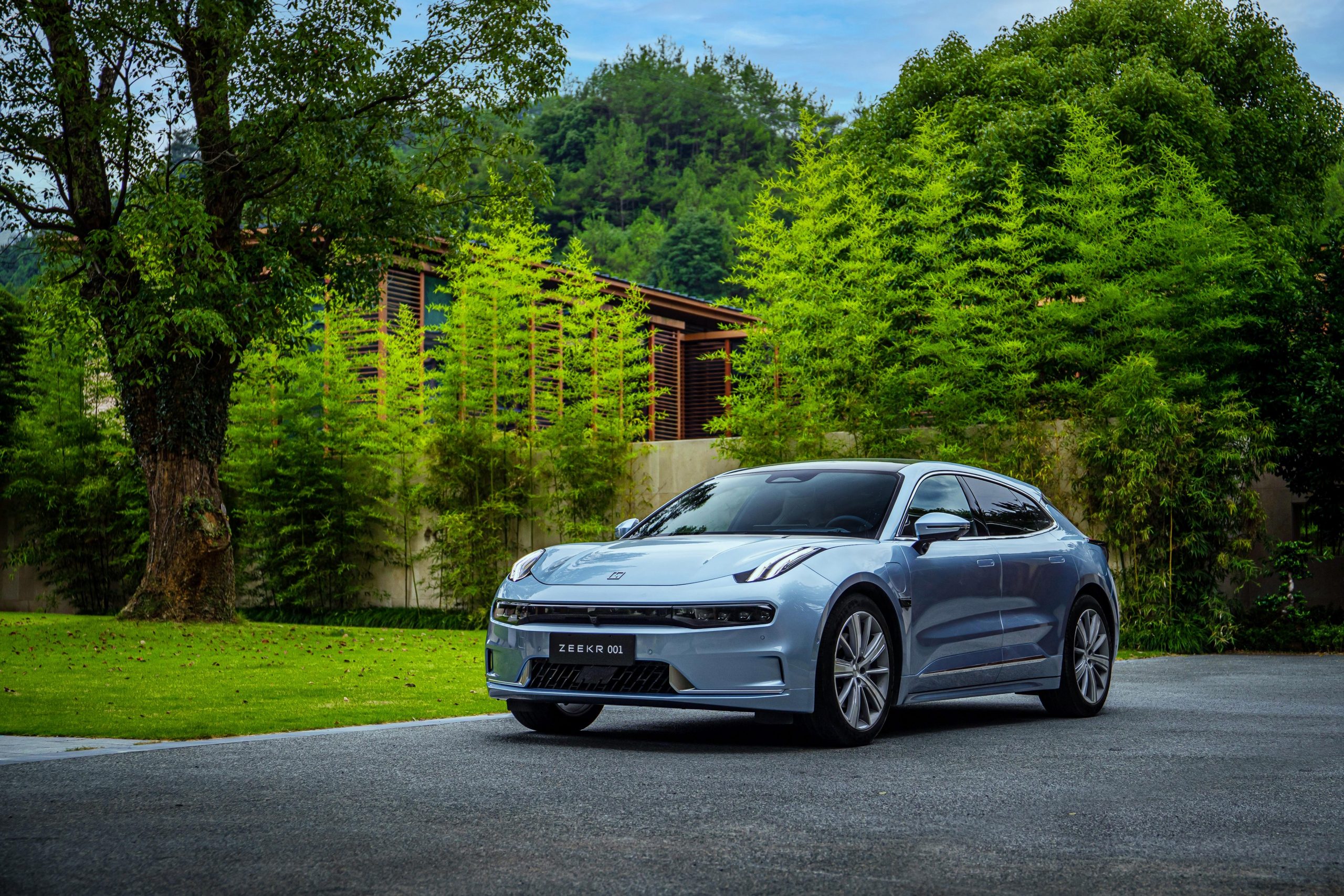Introduction
With the popularization of new energy, more and more people are accepting electric cars. As the delivery volume of XPeng Motors increases, the topic of energy consumption among car enthusiasts has gradually become more prevalent. Some people share screenshots of low energy consumption, while others complain about high energy consumption. Of course, there are also masters who do not care because charging is free (the U version). However, why is it that for the same car, different drivers have different energy consumption levels?
We all know that electric cars rely on power batteries to provide energy to the electric motor for driving, and energy consumption determines mileage. Therefore, we need to rely on some energy-saving techniques. Not only can we effectively control energy consumption and make electric cars run more, but we can also save some expenses over time, while contributing to the country’s energy-saving efforts. It is a win-win-win situation.
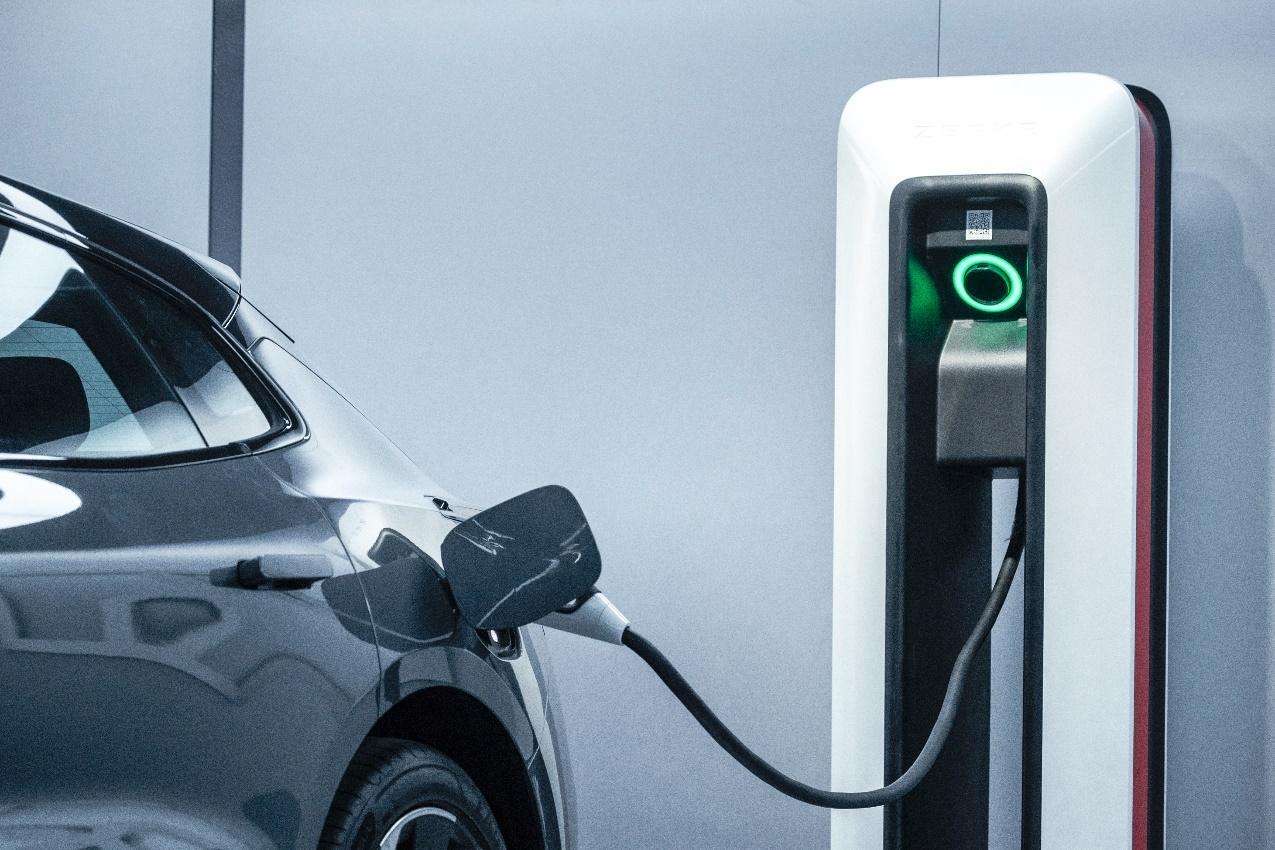
Main Content
Hello, everyone. I am Yu Xiao Yang. Recently, after driving 20,000 kilometers, I have many thoughts, because XPeng001 is my first electric car, and the experience is completely different from that of a gasoline car. Following my previous post on driving experience, today I am writing another post about some self-experience and summary on energy saving, hoping to provide some help to fellow car enthusiasts.
🔹 Driving 🔹
Driving habits are the main factors affecting energy consumption. Those who frequently floor the accelerator and brake hard have higher energy consumption. Quick acceleration and braking will cause kinetic energy to waste, resulting in increased energy consumption. It will also cause the operating frequency of the motor controller to fluctuate too rapidly, leading to overcurrent and shortening the service life of the battery pack. What kind of driving skills can reduce energy consumption and better protect your car? I summarized the following points:
-
Smooth acceleration. Commuting in urban areas occupies a large part of car usage. When commuting in urban areas, we should avoid rapid acceleration and flooring the accelerator, and maintain a medium-low driving speed. According to data, the medium-low driving speed is approximately one-quarter to one-third of the highest speed. The highest speed of XPeng001 is 208 km/h (tested by DCD), which is equivalent to about 50-70 km/h. This speed range corresponds to the motor’s optimal working efficiency range and is the most energy-efficient when the motor’s output power is constant.
-
Pre-braking. The rational use of energy recovery for braking. I recommend that you adjust it to high-energy recovery. Although it may take some time to adapt in the early stage, it is truly an irreversible mode. High-energy recovery greatly reduces the frequency of braking and avoids energy loss from braking.
-
Avoid traffic jams. Frequent starts and stops in the congestion cause XPeng001, a mid-to-large-sized car weighing more than 2 tons, to consume a lot of energy. For road sections that are easily congested, you should avoid them in advance.
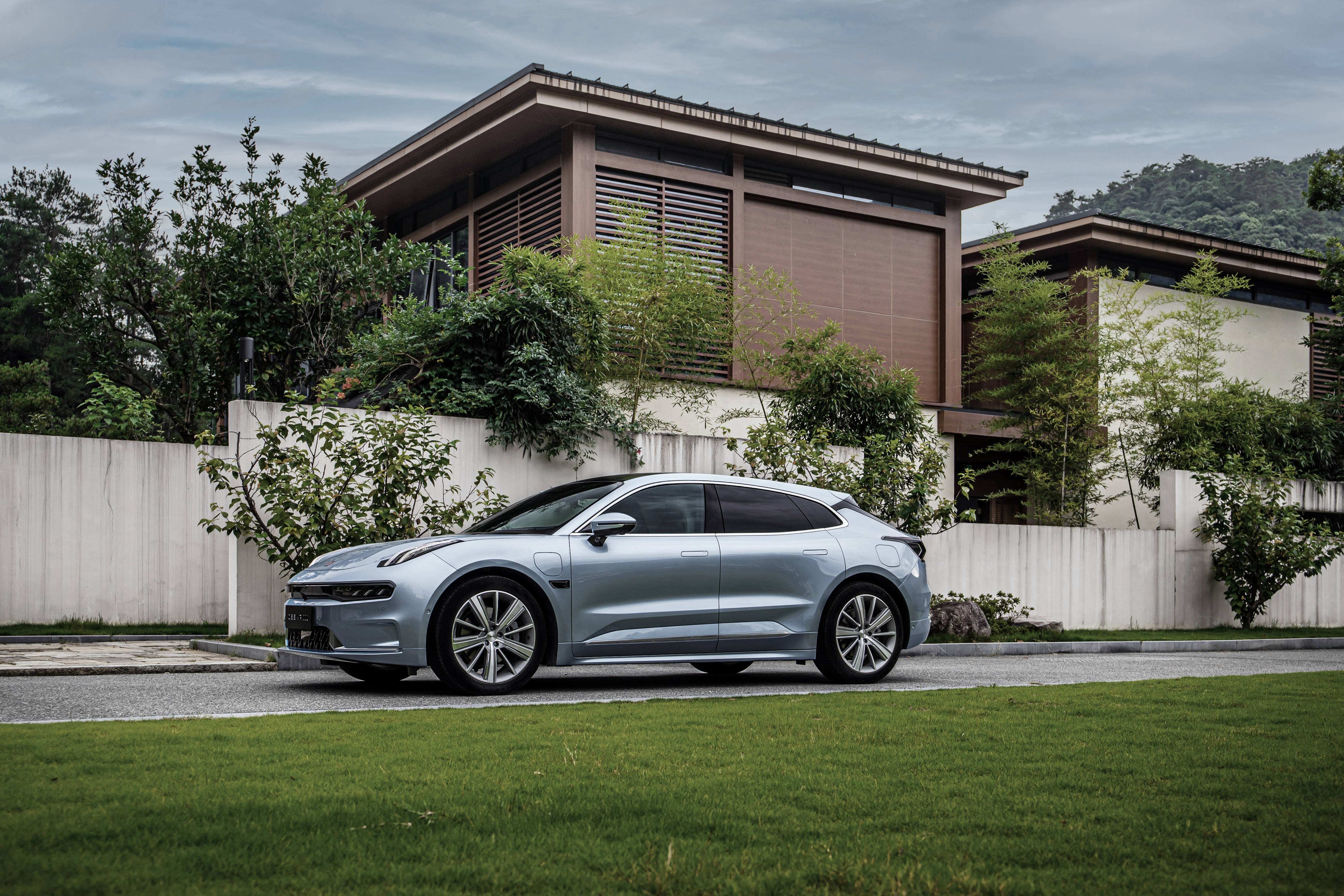
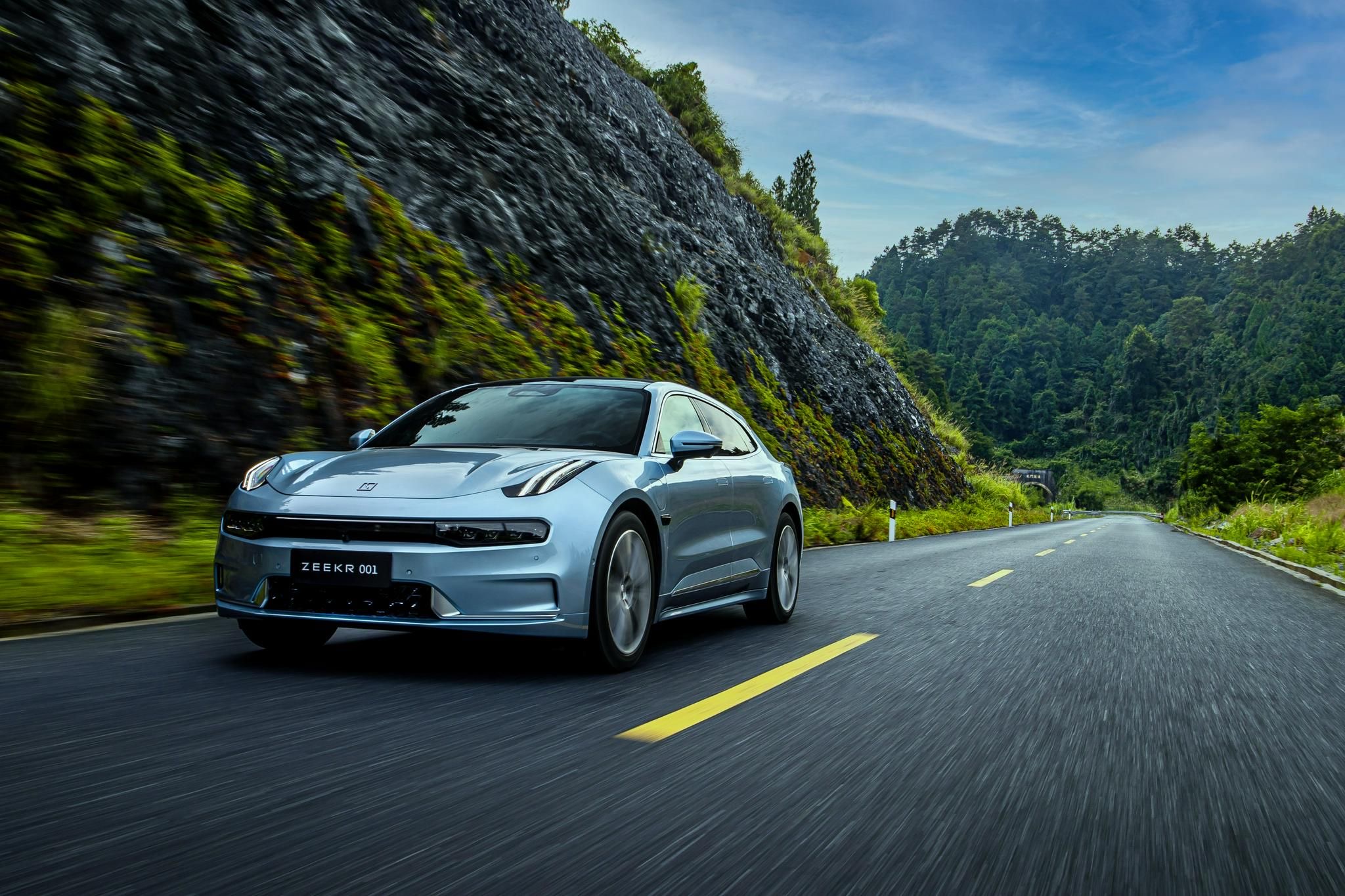
🔹 Air conditioning 🔹The impact of air conditioning on power consumption for cooling and heating is polarized. Unlike gasoline cars, electric cars do not have engines for heating, so blowing the heat generated by heating element into the car is necessary. However, electric cars need an extra power source (JiKe 001 uses a heat pump, which is more energy-efficient) to generate heat for heating. Here are some tips for using air conditioning properly:
-
When heating, there is no better way to save power except for using seat heating and steering wheel heating instead of turning on the air conditioning. The power of air conditioning is around 2000-3000W, while that of individual seat heating is only about 100W, which is obvious. You can also prepare a blanket and cover it on your legs while driving for warmth.
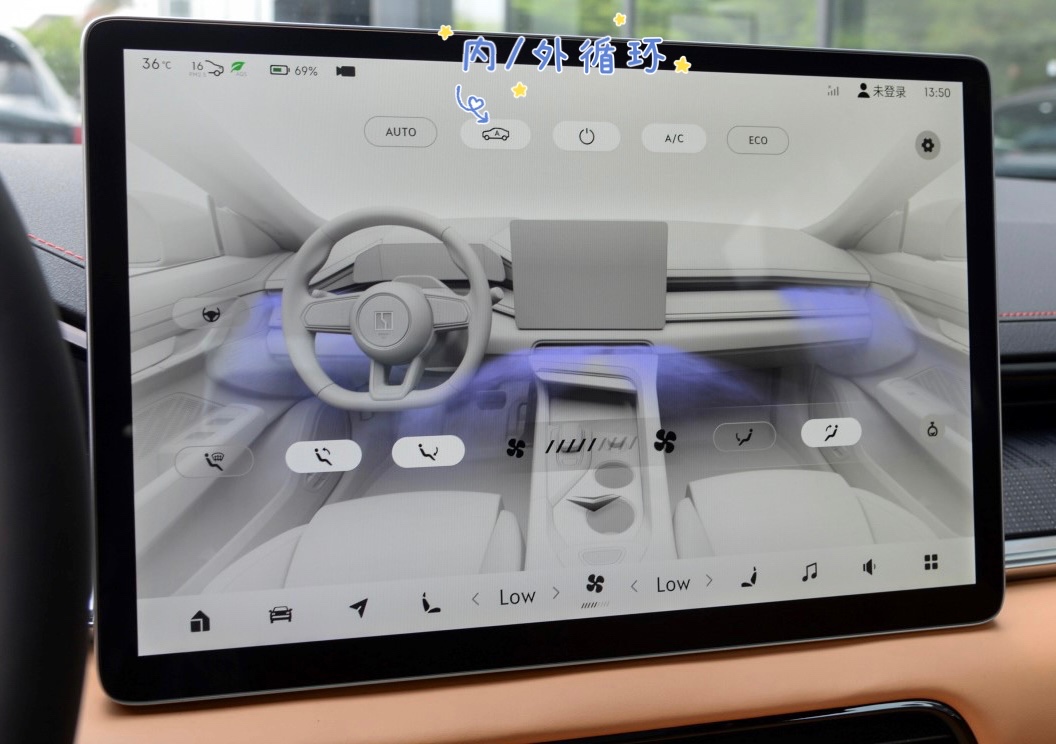
-
When cooling, use internal circulation as much as possible. Turn on external circulation only when ventilation is needed. At night or in cooler weather, you can turn on the eco mode, which reduces the frequency of air conditioning start-stop and lowers power consumption without compromising cooling effect. The most intuitive experience of turning on eco mode is that the air conditioning wind becomes weaker. Conversely, if you feel the air conditioning is not cold enough, check whether the eco mode is on.
-
Close the windows when driving at medium and high speeds. Due to the characteristics of electric cars, JiKe 001 has a drag coefficient of only 0.23Cd. It is said that reducing the drag coefficient by 0.02Cd can increase the pure electric vehicle range by about 10 kilometers. Opening the windows during high-speed driving greatly destroys the aerodynamic shape and increases the drag coefficient, increasing power consumption.
🔹Vehicle🔹
Electric cars do not have engines, but not changing engine oil doesn’t mean they don’t need maintenance. Compared with traditional gasoline cars, the maintenance of electric cars is simpler. Regular maintenance is beneficial for the vehicle and power consumption. 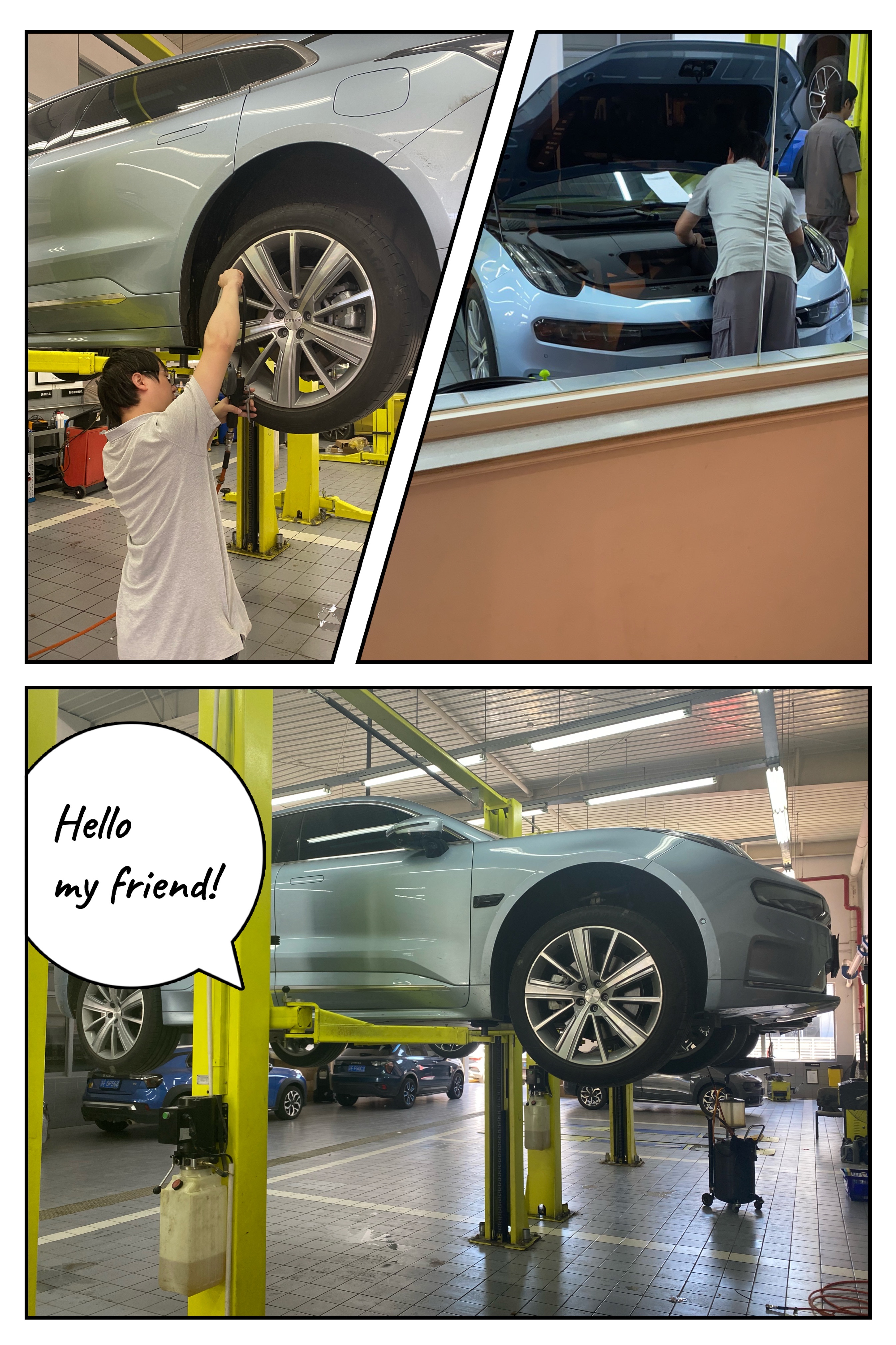
-
Conduct 5S management for the vehicle, removing items that are not commonly used to reduce vehicle weight.
-
Ensure appropriate tire pressure. High tire pressure reduces friction and leads to slippage, while low tire pressure increases friction, resulting in tire wear and increased power consumption. To determine the appropriate tire pressure, you can refer to my previous post “20,000 kilometers – user experience.”3. Charge during off-peak hours, which is from 21:00 to 08:00 with a cheaper rate of 0.2 yuan/kWh compared to peak hours. It is recommended to charge between 30% and 90% to reduce the impact on the battery and extend its lifespan. See the charging process below.
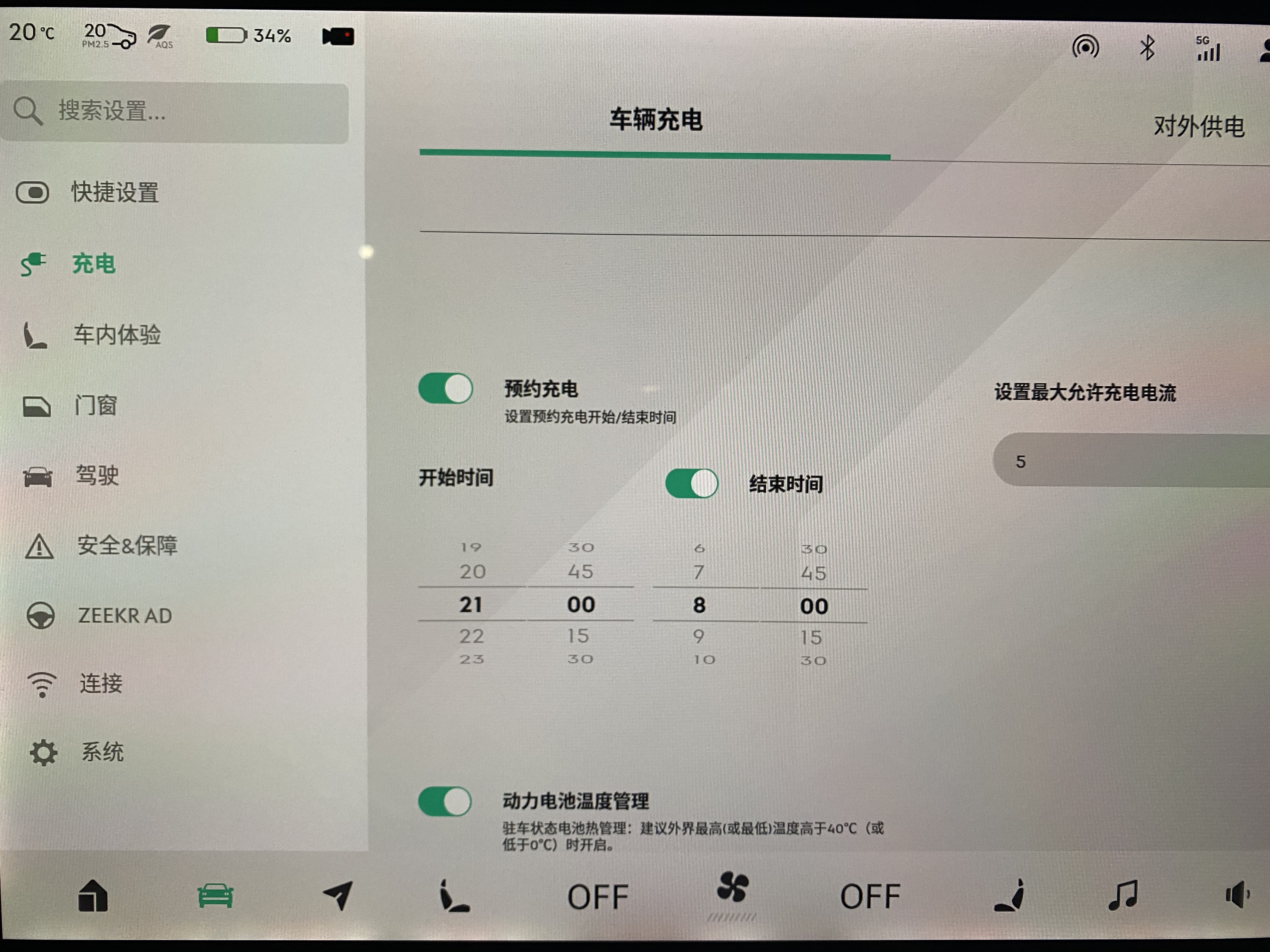
-
Park your car in a shady area during summer and in an indoor or underground garage during winter to minimize the impact of temperature on the battery.
-
Turn off the power supply of the battery when the car is parked for a long time.
Some people may wonder why we need to save electricity when China not only imports electricity from coal-fired power plants but also has wind, water, nuclear, and solar power plants, and the electricity price is relatively low. However, China is still the second largest electricity consumer in the world, with more than 70% of the total electricity generated by coal-fired power plants. Coal is a nonrenewable resource, and therefore saving electricity has become a strategic policy for China’s economic development.
Saving electricity is not just a slogan, nor can it be achieved by just one or a few people. Every individual has a responsibility to contribute, and even a small habit can save a significant amount of electricity.
♻️ Turn off lights when leaving a room.
♻️ Turn off electronic devices, such as TV, microwave, and rice cooker, when not in use.
♻️ Turn off your computer monitor when leaving work.
♻️ Set the air conditioner to one degree higher in summer.
Let’s take actions together to make our sky blue, water clear, and mountains green.
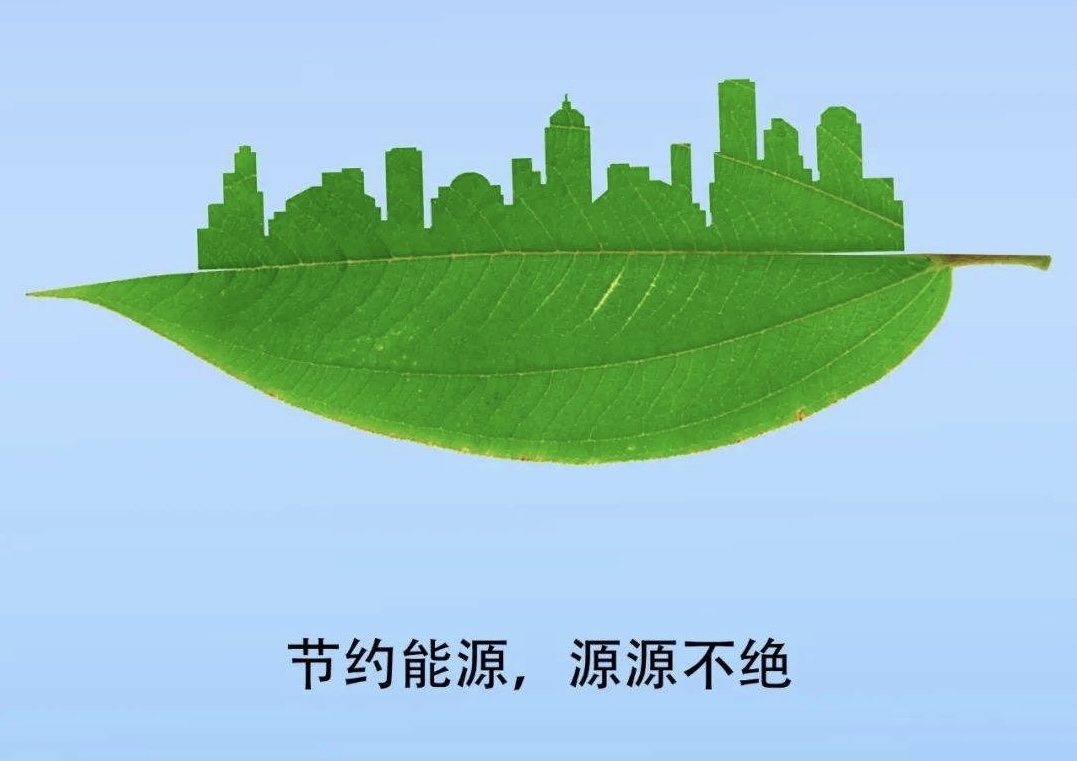
This article is a translation by ChatGPT of a Chinese report from 42HOW. If you have any questions about it, please email bd@42how.com.
